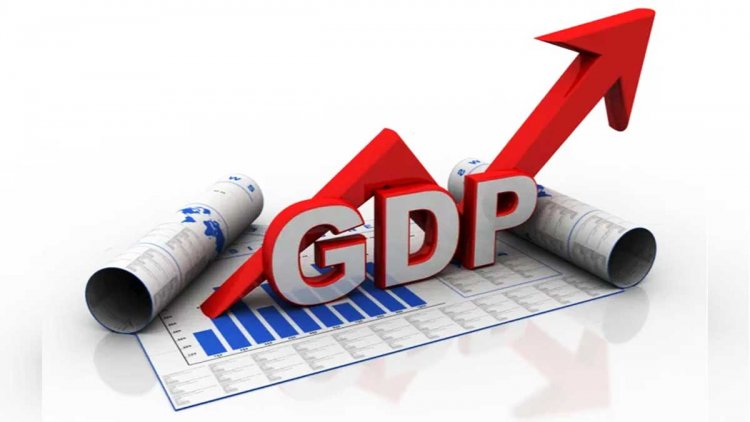Interpreting GDP Data
STORIES, ANALYSES, EXPERT VIEWS

The GDP data released two weeks ago, in the opinion of TCA Sharad Raghavan (Economy Editor at ThePrint) “is important not just because it gives us new insight into the pandemic and post-pandemic years,” but also because it reveals Finance Minister Nirmala Sitharaman has “indeed been very competent in how she has steered the Indian economy through the turbulence of the pandemic and beyond.”
India’s GDP data cycle
Typically, the cycle of GDP data involves six stages. The first advance estimates for a financial year released in January incorporating about nine months of data (April-December) and the second advance estimates released in February adding one more month to the data being examined.
At the end of the financial year, provisional estimates are released based on data for the entire year. A year down the line, the government releases the ‘first revised estimates’, which incorporates wider and more accurate data. And two years later, the ‘second revised estimates’. It’s only after three years that we get the final ‘third revised estimates’.
This shows various additional sources of information that have been used to arrive at each year’s revised estimates. This is is a normal cycle followed every year.
Revisions made to the data are significant
However, the impact of the pandemic on the economy has meant that the revisions made to the data for 2020-21 and 2021-22, in particular, are even more significant than usual.
The second revised estimates for 2020-21, writes Raghavan “show that the contraction in India’s GDP was less severe than initially thought. Where the provisional estimates for the year pegged the contraction at 7.3 per cent, and the first revised estimates pegged it at 6.6 per cent, the second revised estimates have put the contraction for the pandemic-impacted year at an even milder 5.8 per cent…….What this implies is that, once the lockdown was eased, the recovery in economic activity was faster than we initially thought.”
For the next year, that is FY22, the first revised estimates pegged India’s GDP growth at 9.1 per cent, up from the 8.7 per cent in the provisional estimates. “This, too, is very significant. Typically, all other things remaining the same, a revision of a base year upwards means growth in the subsequent year comes down.
“In such a scenario, the upward revision in growth for 2020-21 should have meant that 2021-22 growth would be revised downwards. But it was nevertheless revised upwards. This means that the bounce-back from the first year of the pandemic was quite a bit stronger than initially thought. Again, a lot of the credit goes to the government.”
















